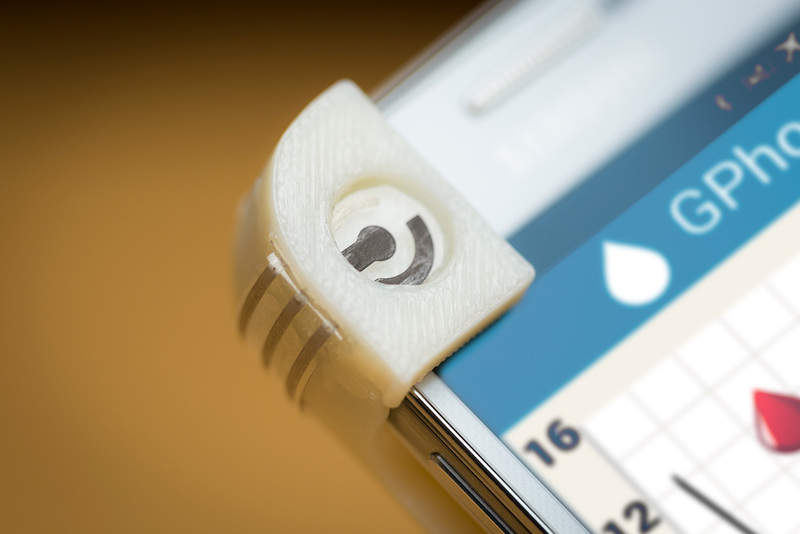
Engineers at the University of California San Diego (UC San Diego) in the US have created a new device, GPhone, to enable on-the-go blood glucose monitoring.
The new portable glucose sensing system, which eliminates the need for carrying monitoring kits, features a thin three-dimensionally (3D) printed smartphone case and a permanent reusable sensor at one corner.
GPhone also consists of small, single-use enzyme-packed pellets that are magnetically connected to the sensor and placed in a 3D-printed stylus, which is in turn attached to the side of the case.
UC San Diego electrical and computer engineering professor Patrick Mercier said: “Integrating blood glucose sensing into a smartphone would eliminate the need for patients to carry a separate device.
“An added benefit is the ability to autonomously store, process and send blood glucose readings from the phone to a care provider or cloud service.”
Before putting a blood sample on the top, a user has to activate the sensor by dispensing a pellet using the stylus.
How well do you really know your competitors?
Access the most comprehensive Company Profiles on the market, powered by GlobalData. Save hours of research. Gain competitive edge.

Thank you!
Your download email will arrive shortly
Not ready to buy yet? Download a free sample
We are confident about the unique quality of our Company Profiles. However, we want you to make the most beneficial decision for your business, so we offer a free sample that you can download by submitting the below form
By GlobalDataThe sensor measures the blood glucose concentration within 20 seconds and wirelessly transmits the results through Bluetooth to a customised Android app.
While the stylus consists of enough pellets for 30 tests and has to be refilled, the device comes with a printed circuit board that enables the system to run on a smartphone battery.
GPhone is designed to store a significant amount of data, enabling users to track readings over long periods of time.
Results from testing the system on various solutions of known glucose concentrations are reported to have indicated accurate data throughout different tests.
The researchers intend to further test the device on actual blood samples and aim to decrease the amount of blood sample required from current 12 drops per test.
They additionally want to include a function for reminding users to check the blood sugar.





